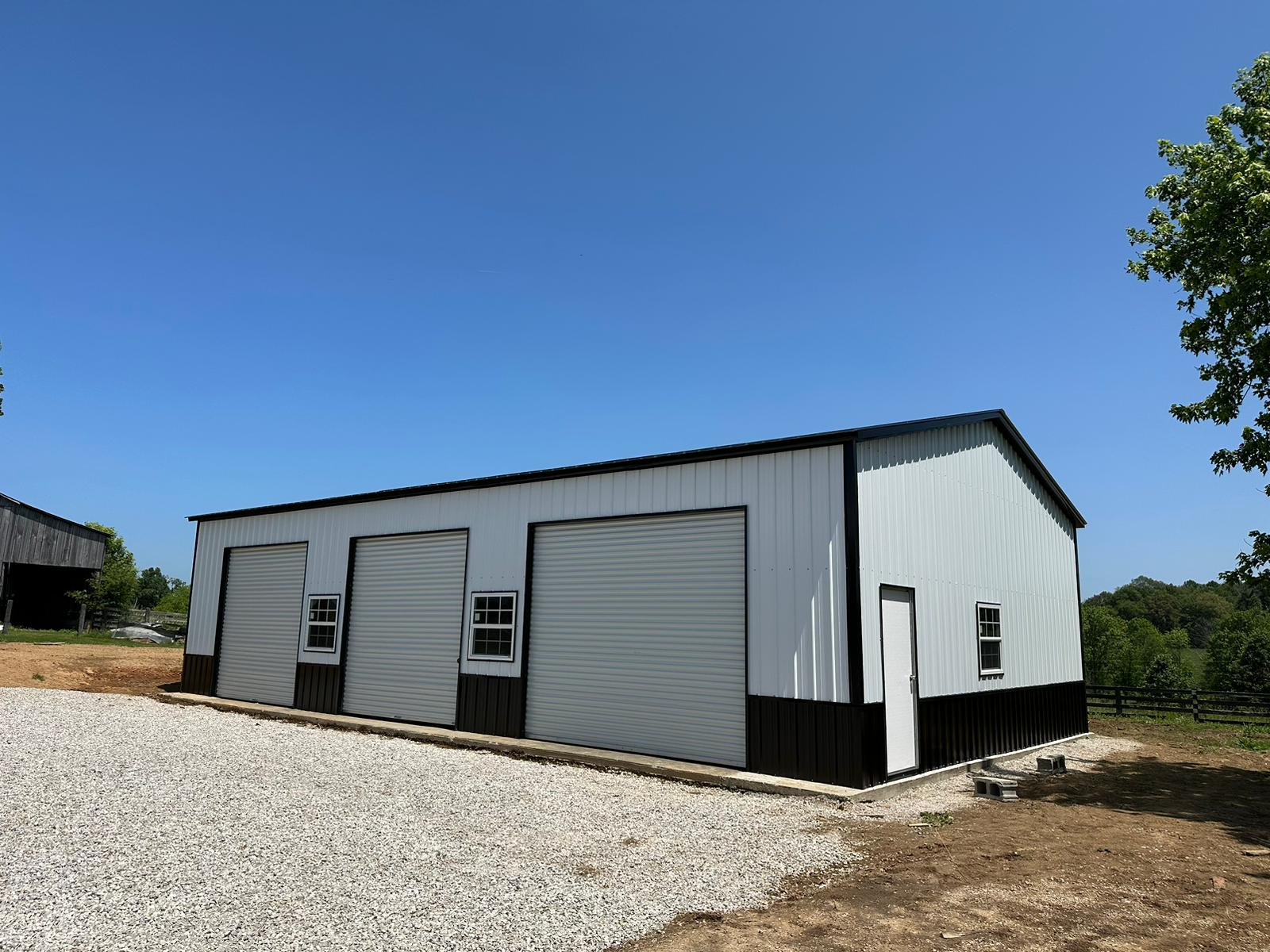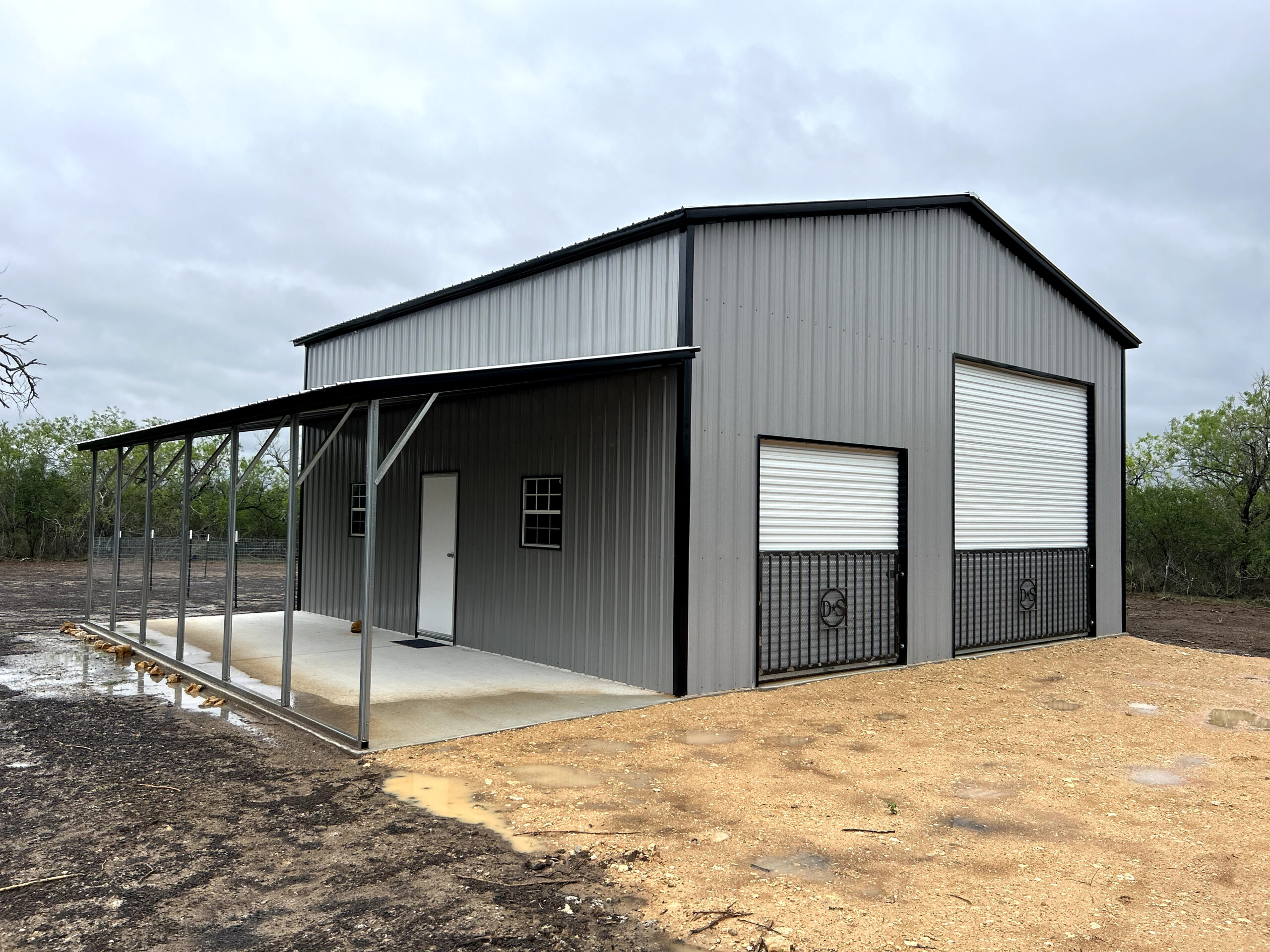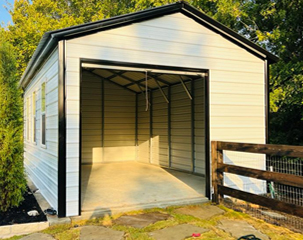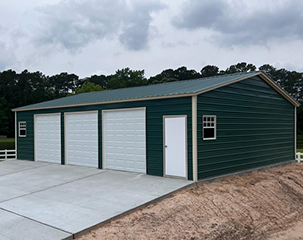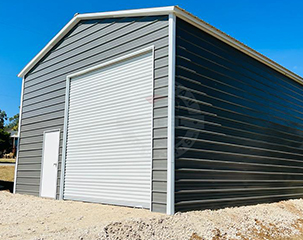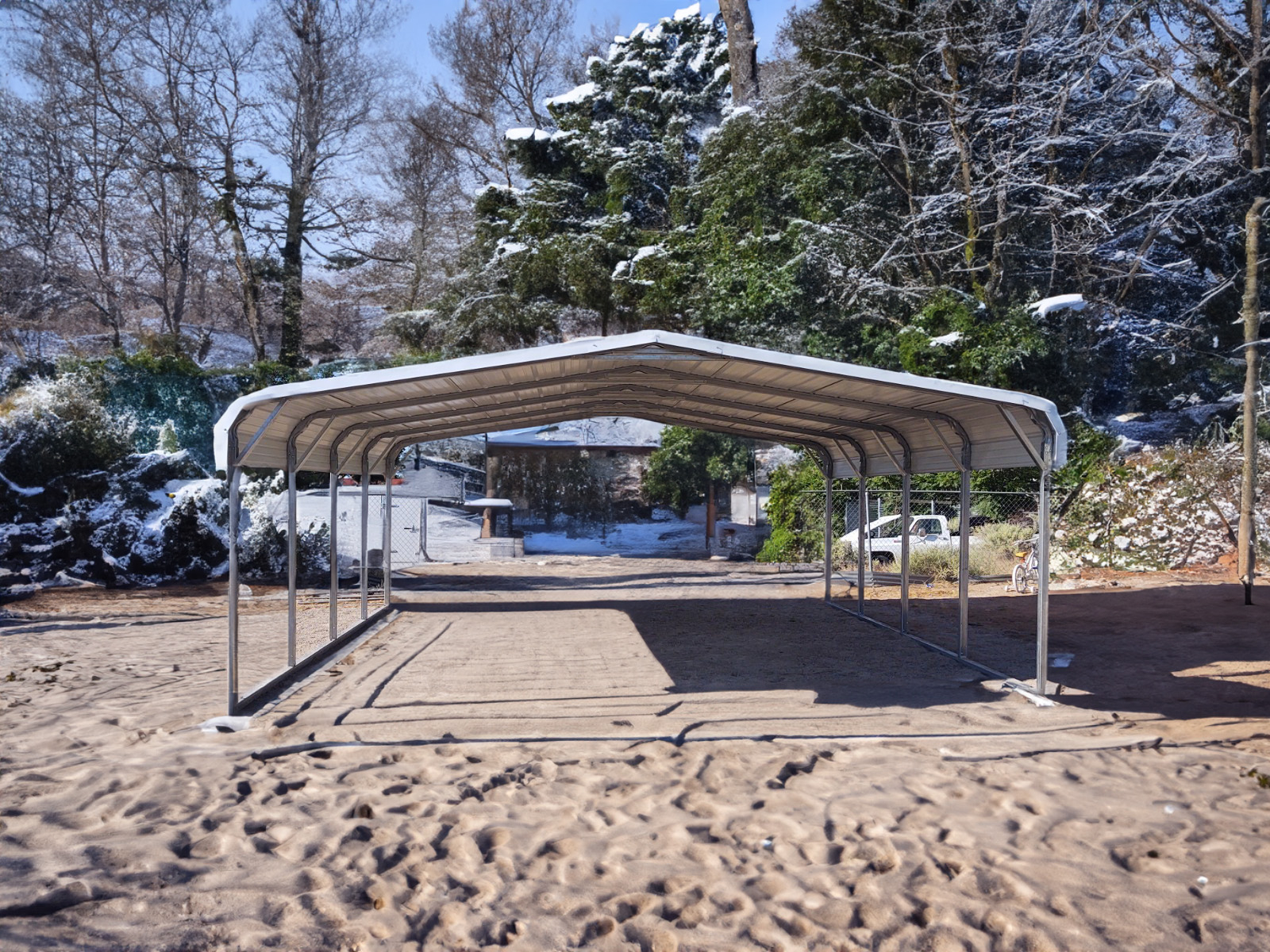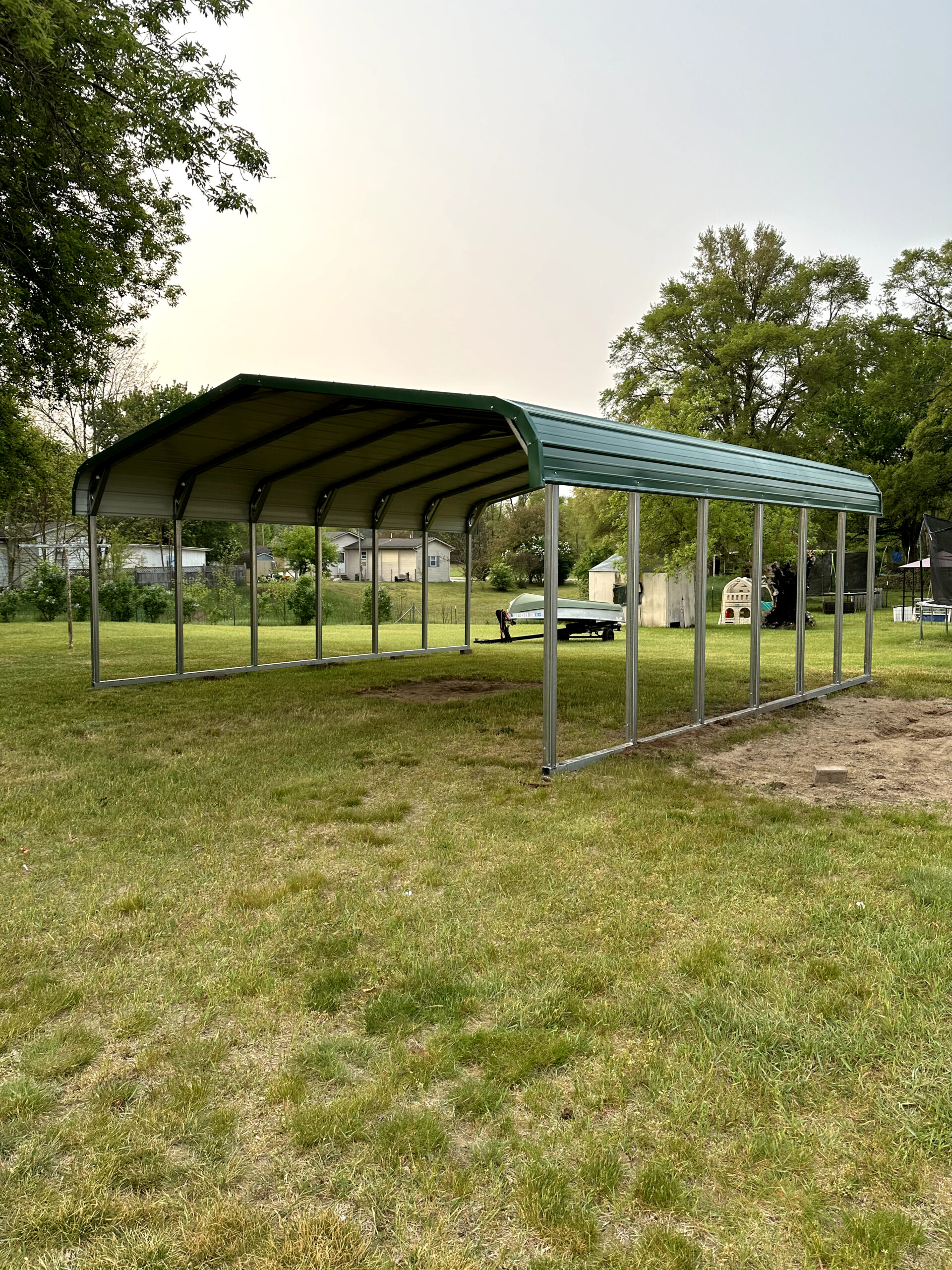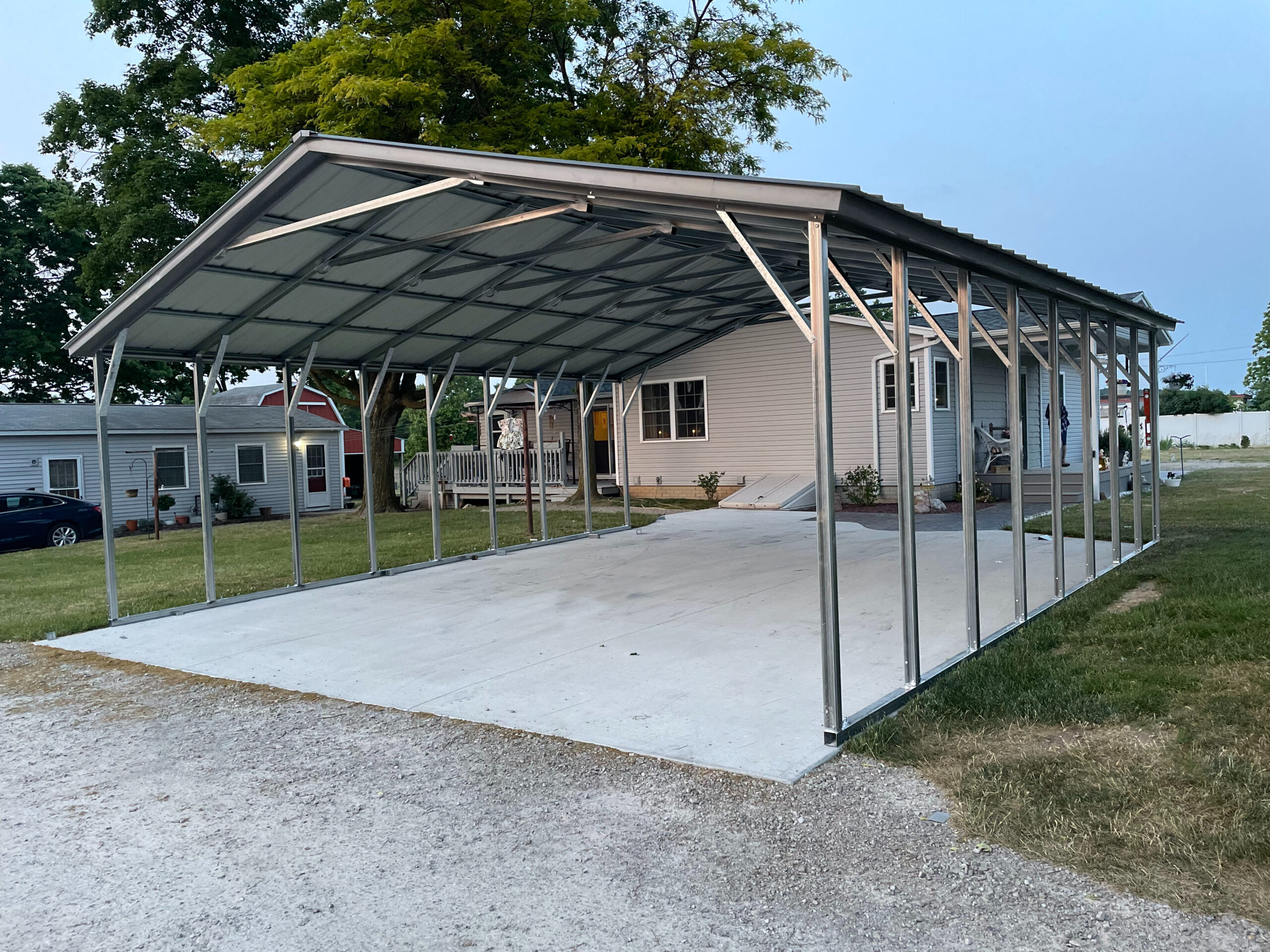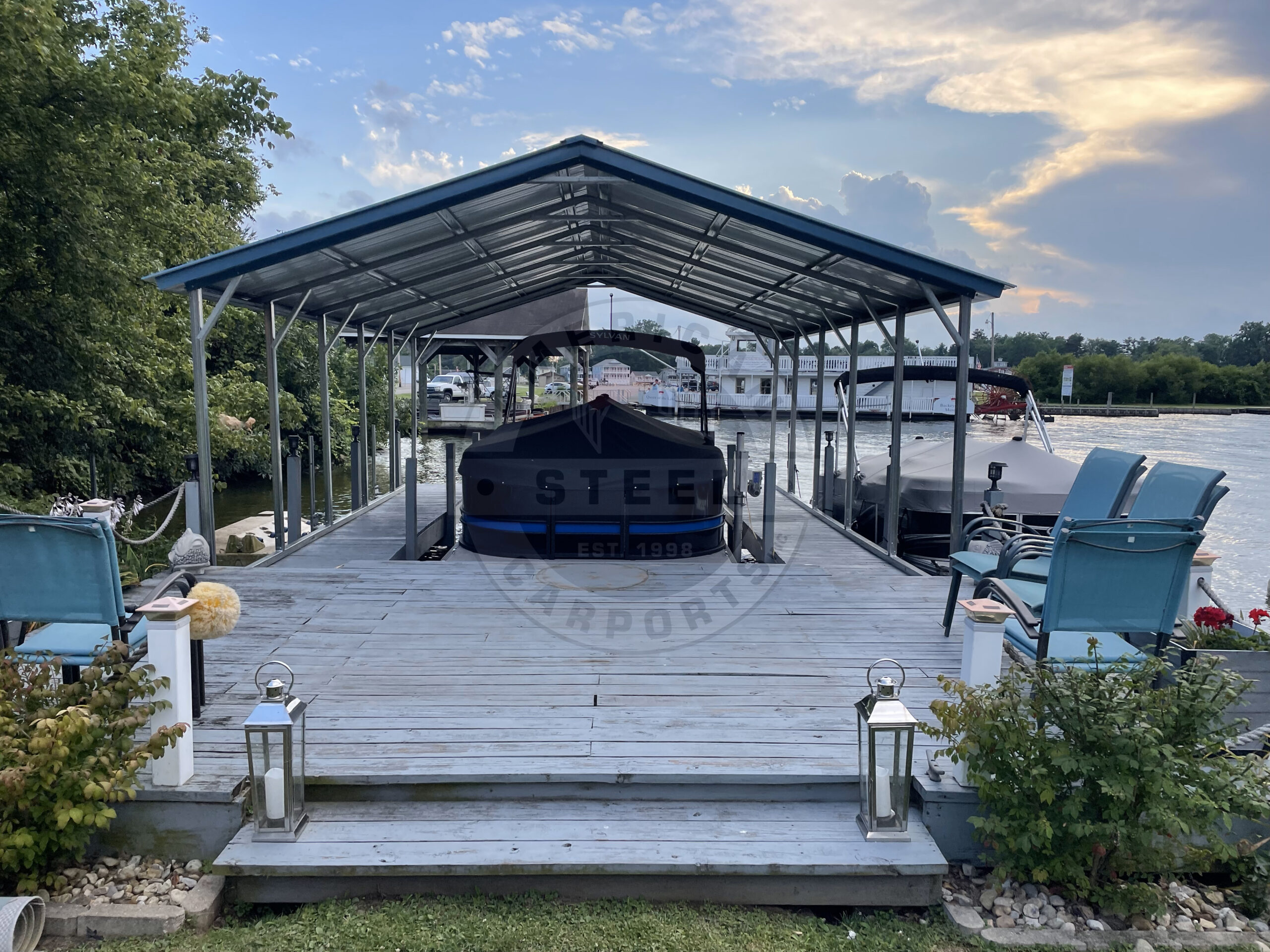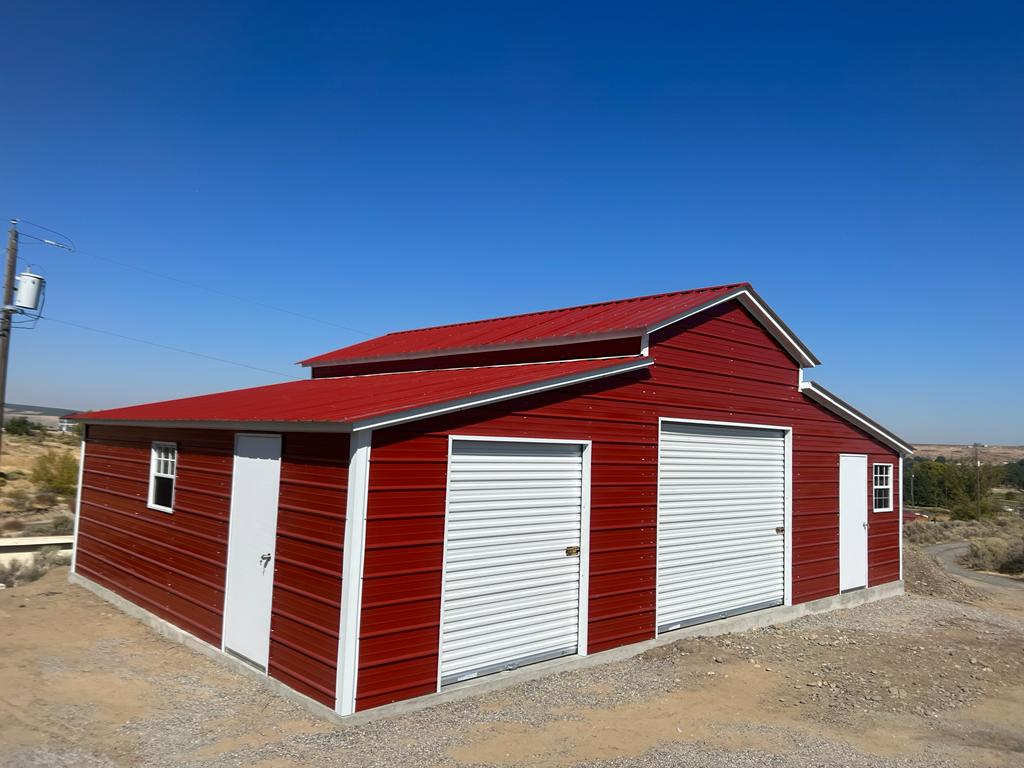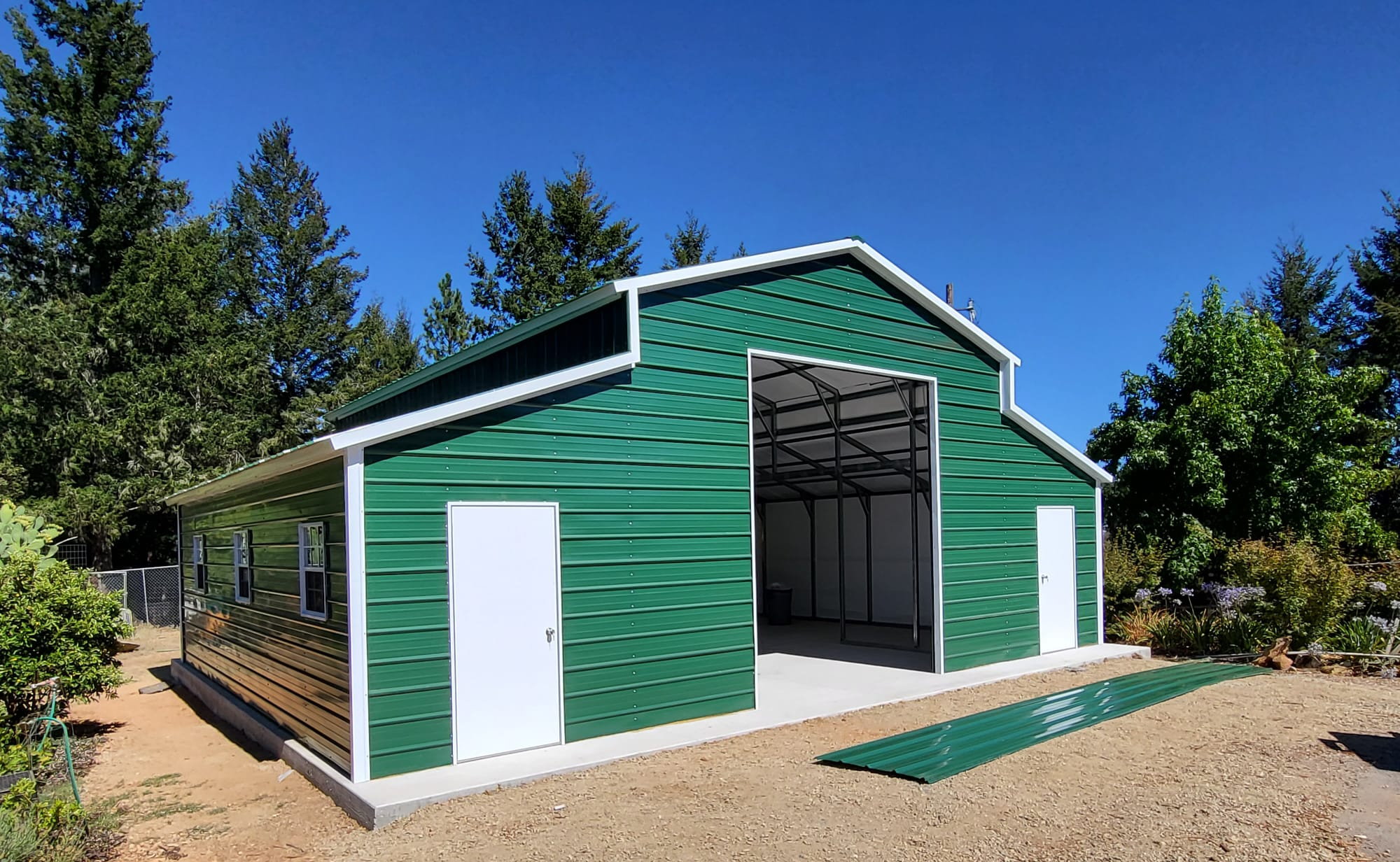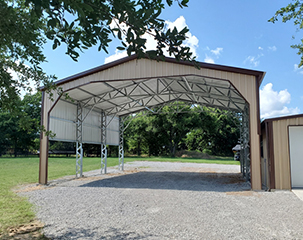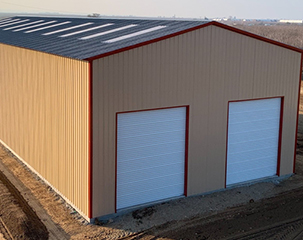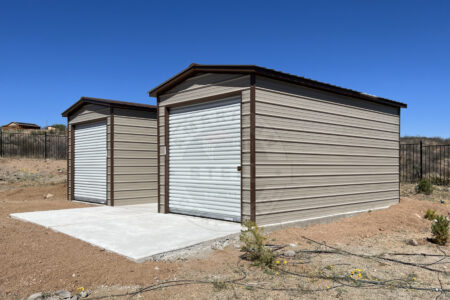Local Government
It’s no secret that the government has a say in what people build on their own property, but what purpose does this serve? In short, the focus is on safe, livable neighborhoods and all-around public safety.
Regulations were put in place out of necessity, since many cities and towns in the US were burning down frequently in the early nineteenth century, including San Francisco, New York, Atlanta, Chicago, and more.
Around that time, governments both local and state stepped up and tried to prevent cities and towns from being so susceptible to fires. A starting point was to stop using cladding that was flammable in built-up sections. Standpipes were added to oversized buildings, and limits were placed on the height of buildings framed by wood while also requiring sprinkler systems.
Fire prevention isn’t the only goal; structurally-sound buildings that won’t collapse are just important. It would be terrible to think that a building might collapse while you are in it, or to see high rises losing pieces that fall to the streets below, causing damage or even worse, hurting someone. This is why licensed engineers need to be involved and units are inspected and approved by the local government.
Public safety and fire prevention are the main objectives of building codes, but other priorities include making sure that buildings and units are accessible to people with and without disabilities, as well as energy efficiency.
Other regulations that cities and towns have put in place can affect building projects, such as bylaws and planning policies, as well as historical place restrictions zoning requirements.
Quality of life is an important focus for local governments. No one would want an animal farm next to a restaurant with patio seating, so local governments have restrictions on what can be built where.
Here are some other examples of things they look for:
- Paint colors that are acceptable (Mostly in historic neighborhoods)
- The distance a building can set back from the property border
- Driveway size and location
- Amount of parking spaces
- Green space required as well as the amount of pavement allowed
- Drainage requirements
It’s always a good idea to call the local planning department first and ask about any requirements when deciding to build a unit.
At first, these rules and regulations can seem overwhelming and confusing. However, most people realize in the end that they are only there to protect the public and provide a good quality of life. American Steel Carports will work with you to obtain your permits. We support a safe and productive quality of life for everyone.

